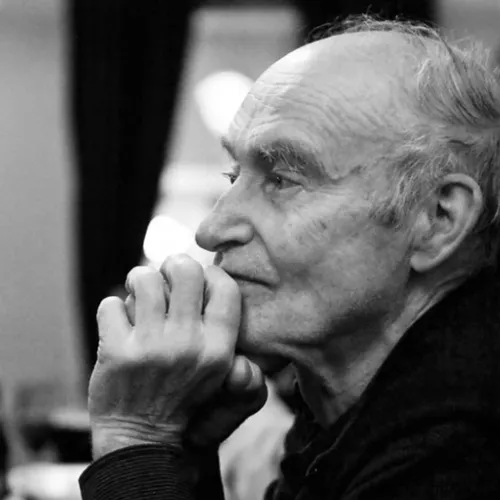
The title refers to a small-town newspaper in northern California that was rescued at the last moment so that the community might continue to have a way of public communication. The music was made for pianist Nicolas Hodges and Ilan Volkov, both among the best of interpreters of my music. The piece is made in two larger parts, each with its collection of my usual, more or less discontinuous, patches of material. The material is invented, but sometimes also uses bits of others’ music (e.g. Bach, folk songs), not necessarily recognizable. There are also ‘open’ sections, with free choices for the performers and conductor. At the end all players play just sounds of their own choice but specified as long and very quiet.
This is my second "concerto" (the first, Old Shoe, New Shoe, was for 2 percussionists with orchestra). It is a tricky form for me. I don’t like the idea of a star performer supported by a larger anonymous group. So I try to make a balance, with the idea of mutually dependent individual and collective. Also there are a number of solos for individual members of the orchestra, and times when the piano soloist could be thought of as accompanying the orchestra.
Christian Wolff